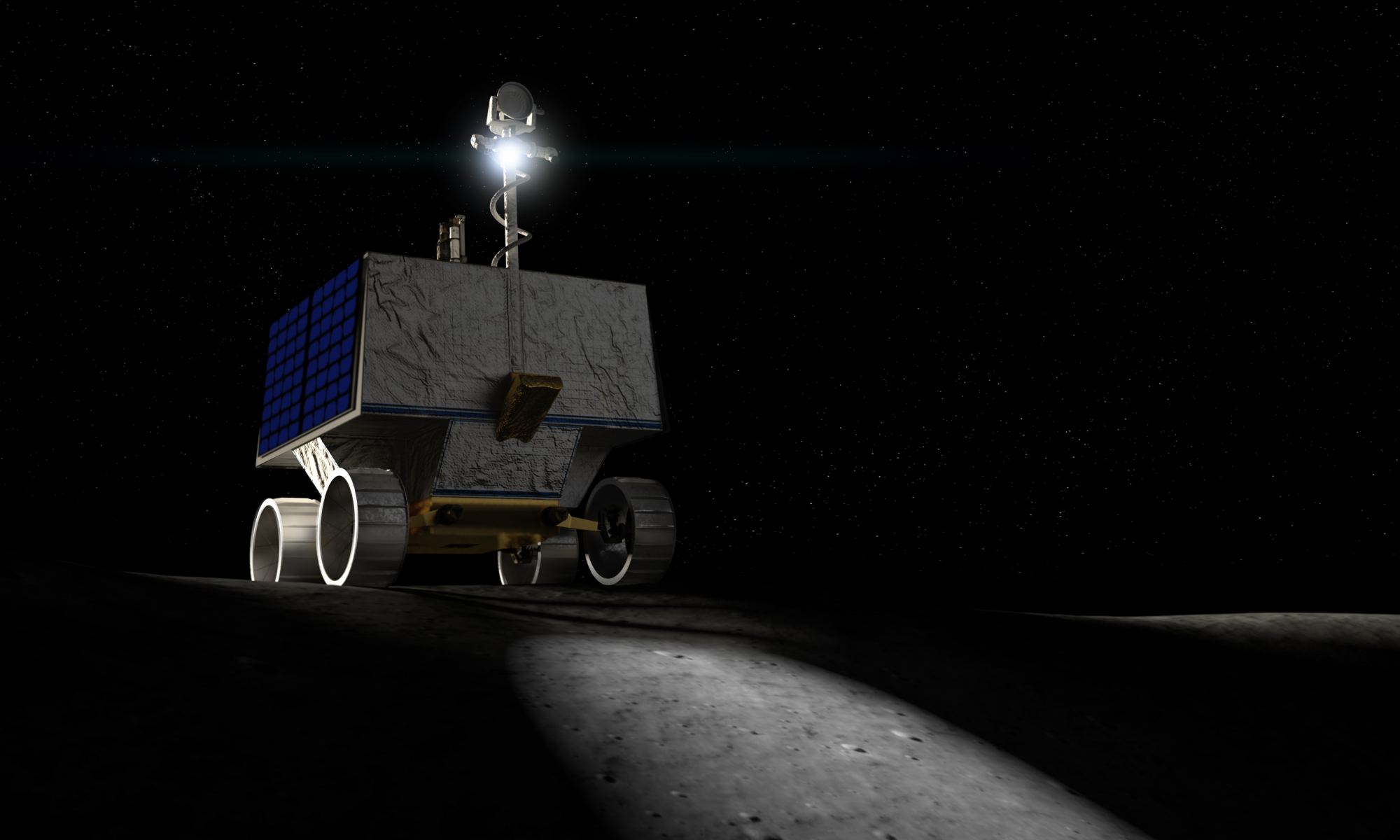NASA’s Artemis Program is planning to land astronauts on the Moon’s south pole. To prepare for this, NASA’s Solar System Exploration Research Virtual Institute (SSERVI) is creating the Lunar South Pole Atlas (LSPA). As part of that Atlas, NASA is mapping the topography of the region, including the mountains.
Continue reading “Comparing Mountains on the Moon to the Earth’s Peaks”WFIRST Passes an Important Milestone, it’s Time to Begin Development and Testing
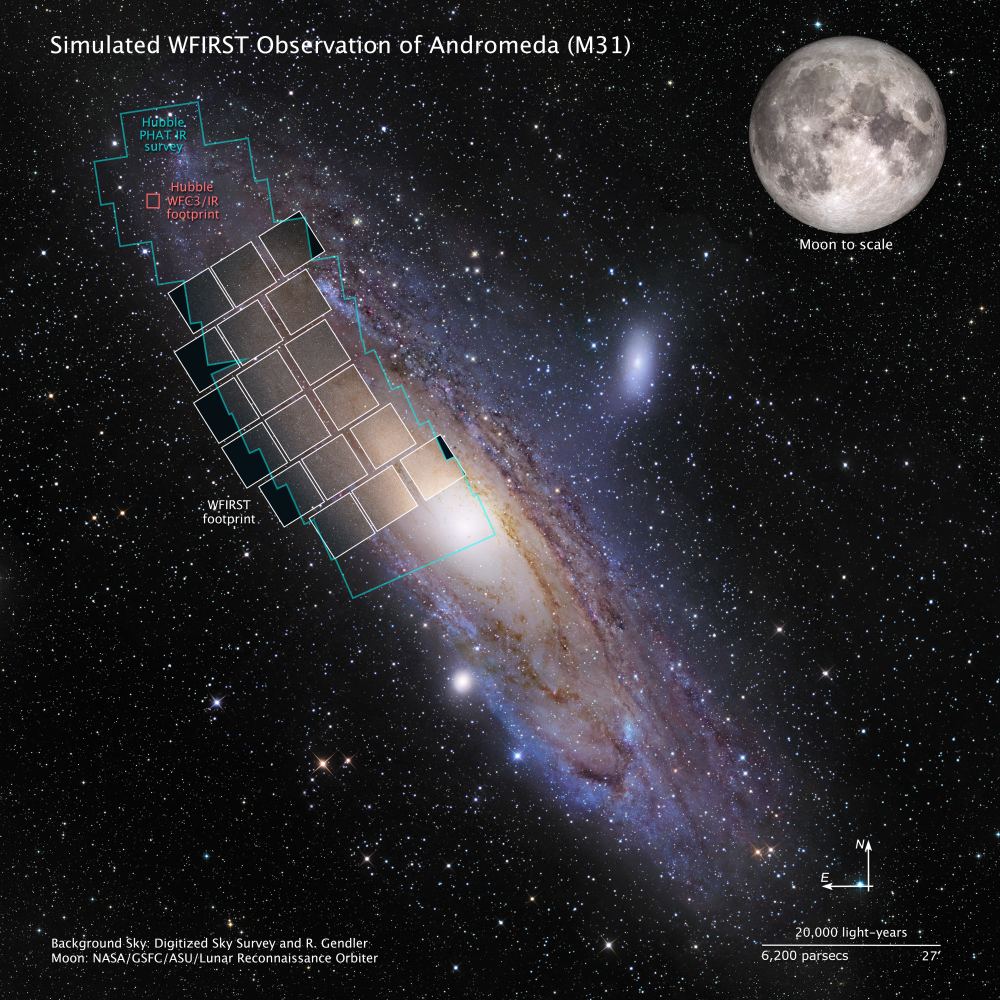
Soon, astronomers and astrophysicists will have more observing power than they know what to do with. Not only will the James Webb Space Telescope one day, sometime in the next couple years, we hope, if all goes well, and if the coronavirus doesn’t delay it again, launch and begin operations. But another powerful NASA space telescope called WFIRST has passed an important stage, and is one step closer to reality.
Continue reading “WFIRST Passes an Important Milestone, it’s Time to Begin Development and Testing”Are Low Density “Cotton Candy” Exoplanets Actually Just Regular Planets With Rings?
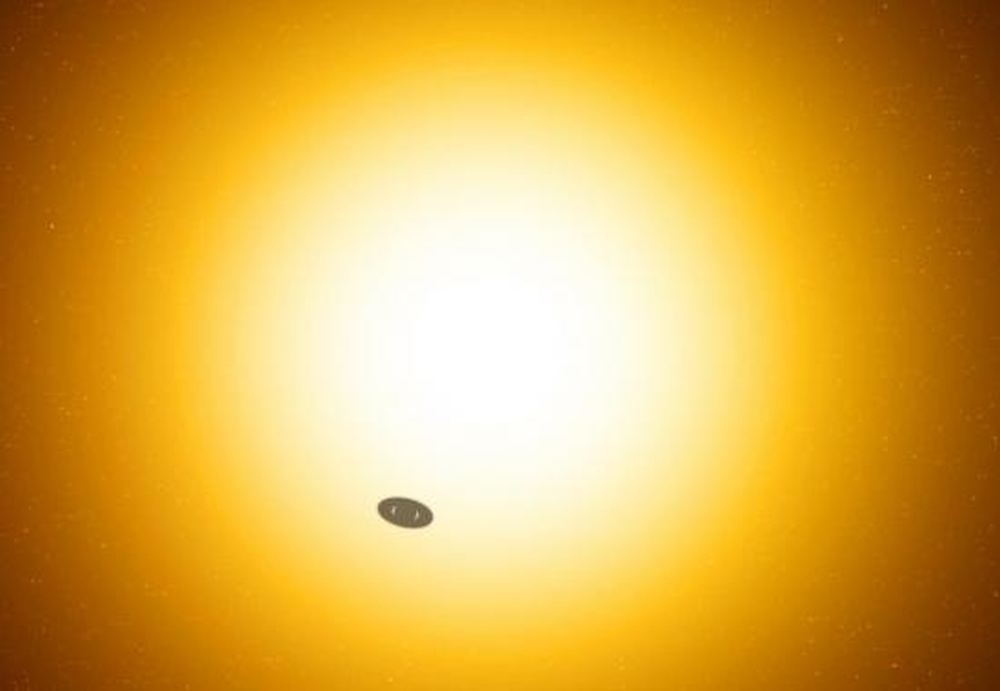
There’s a type of exoplanet that astronomers sometimes refer to as cotton candy planets, or super-puffs. They’re mysterious, because their masses don’t match up with their extremely large radii. The two characteristics imply a planet with an extremely low density.
In our Solar System, there’s nothing like them, and finding them in distant solar systems has been puzzling. Now a pair of astronomers might have figured it out.
Continue reading “Are Low Density “Cotton Candy” Exoplanets Actually Just Regular Planets With Rings?”Two White Dwarfs Merged Together Into a Single “Ultramassive” White Dwarf
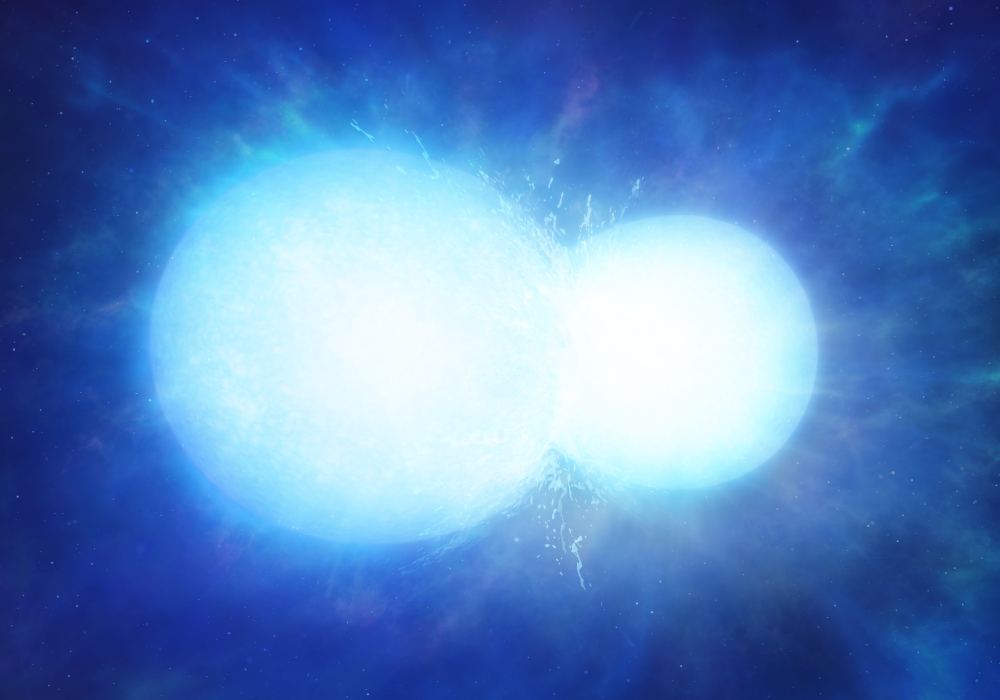
Astronomers have found a white dwarf that was once two white dwarfs. The pair of stars merged into one about 1.3 billion years ago. The resulting star, named WDJ0551+4135, is about 150 light years away.
Continue reading “Two White Dwarfs Merged Together Into a Single “Ultramassive” White Dwarf”NASA is Planning to Build a Lunar Rover With a 1-Meter Drill to Search for Water Ice
Meet VIPER, NASA’s new lunar rover, equipped with a drill to probe the Moon’s surface and look for water ice. VIPER, or Volatiles Investigating Polar Exploration Rover, will carry a one-meter drill and will use it to map out water resources at the Moon’s south pole. It’s scheduled to be on the lunar surface by December 2023, one year later than it’s initial date.
Continue reading “NASA is Planning to Build a Lunar Rover With a 1-Meter Drill to Search for Water Ice”3 Billion Years Ago, the World Might Have Been a Waterworld, With No Continents At All

Evidence from an ancient section of the Earth’s crust suggest that Earth was once a water-world, some three billion years ago. If true, it’ll mean scientists need to reconsider some thinking around exoplanets and habitability. They’ll also need to reconsider their understanding of how life began on our planet.
Continue reading “3 Billion Years Ago, the World Might Have Been a Waterworld, With No Continents At All”Astronomers Have Recorded the Biggest Explosion Ever Seen in the Universe
Hundreds of millions of light years away, a supermassive black hole sits in the center of a galaxy cluster named Ophiuchus. Though black holes are renowned for sucking in surrounding material, they sometimes expel material in jets. This black hole is the site of an almost unimaginably powerful explosion, created when an enormous amount of material was expelled.
Continue reading “Astronomers Have Recorded the Biggest Explosion Ever Seen in the Universe”Here’s a New Planetary Nebula for Your Collection: CVMP 1
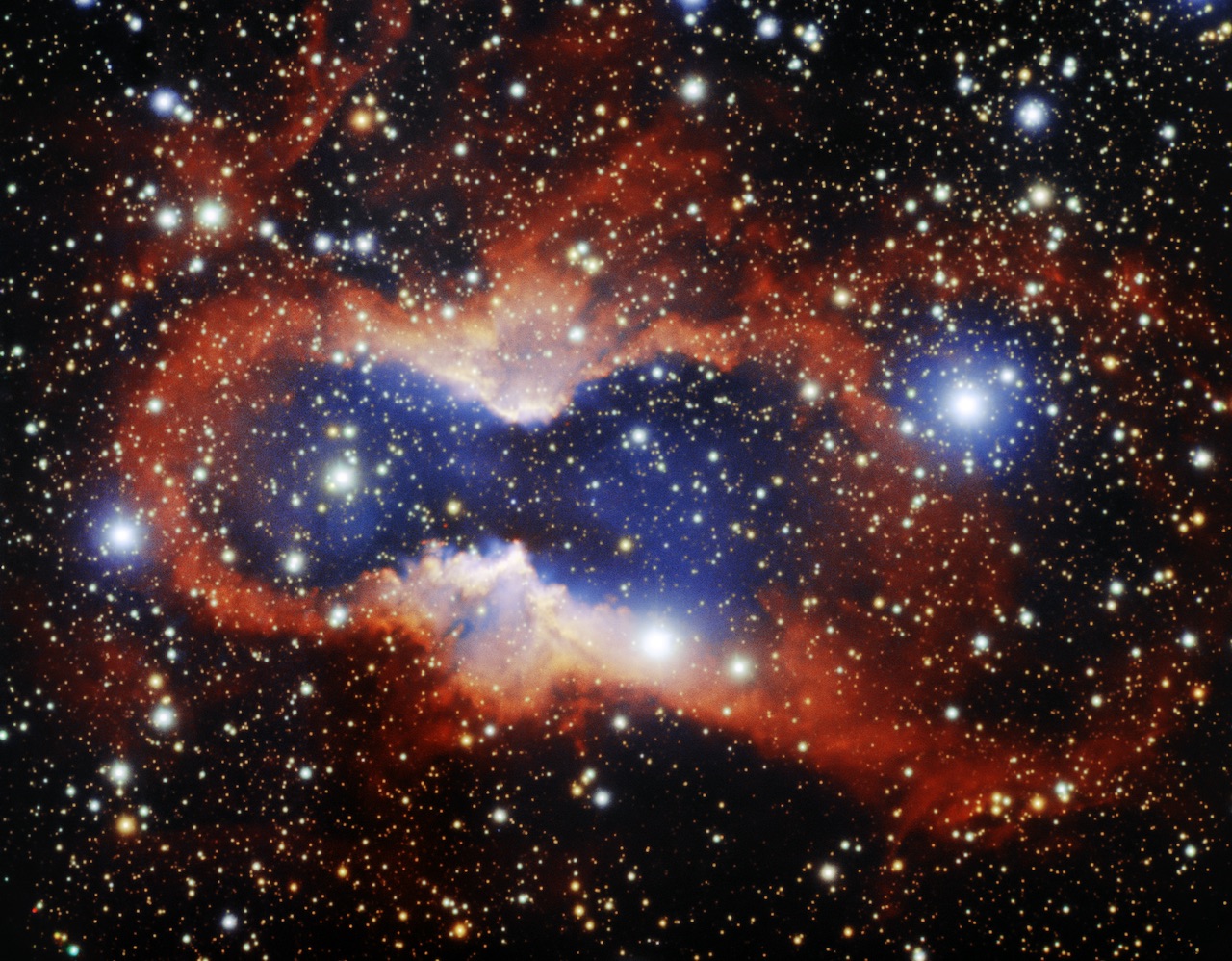
Some stars die a beautiful death, ejecting their outer layers of gas into space, then lighting it all up with their waning energy. When that happens, we get a nebula. Astronomers working with the Gemini Observatory just shared a new image of one of these spectacular objects.
Continue reading “Here’s a New Planetary Nebula for Your Collection: CVMP 1”A Commercial Satellite Just Docked with Another for the First Time, Opening Up a New Era in Orbital Maintenance
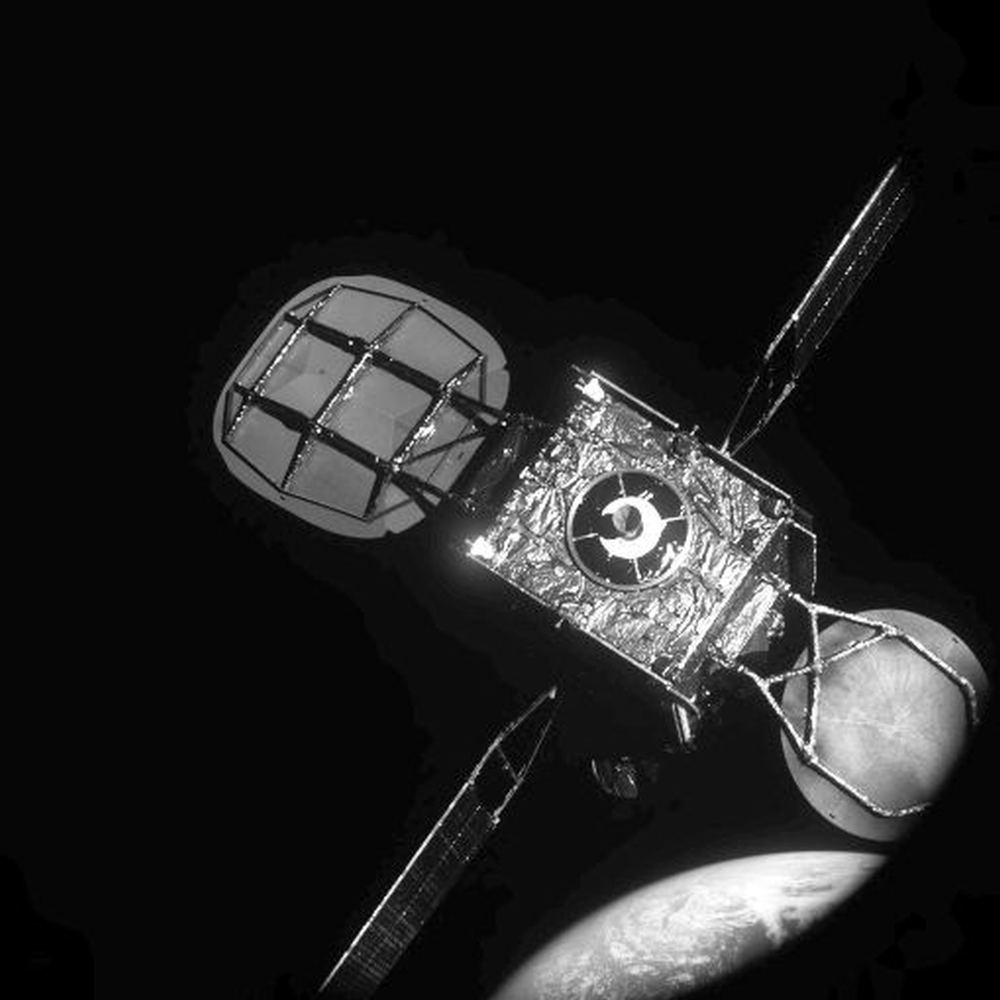
SpaceLogistics LLC has achieved a first: it’s docked it’s maintenance satellite, called MEV-1, with another satellite in order to extend the life of the satellite. The docked pair will perform some check-ups, and if all goes well, MEV-1 will boost the client satellite to a higher orbit, extending its operational life-span by about five years.
Continue reading “A Commercial Satellite Just Docked with Another for the First Time, Opening Up a New Era in Orbital Maintenance”Astronomers Discover a Tiny New Temporary Moon for the Earth. Welcome to the Family 2020 CD3
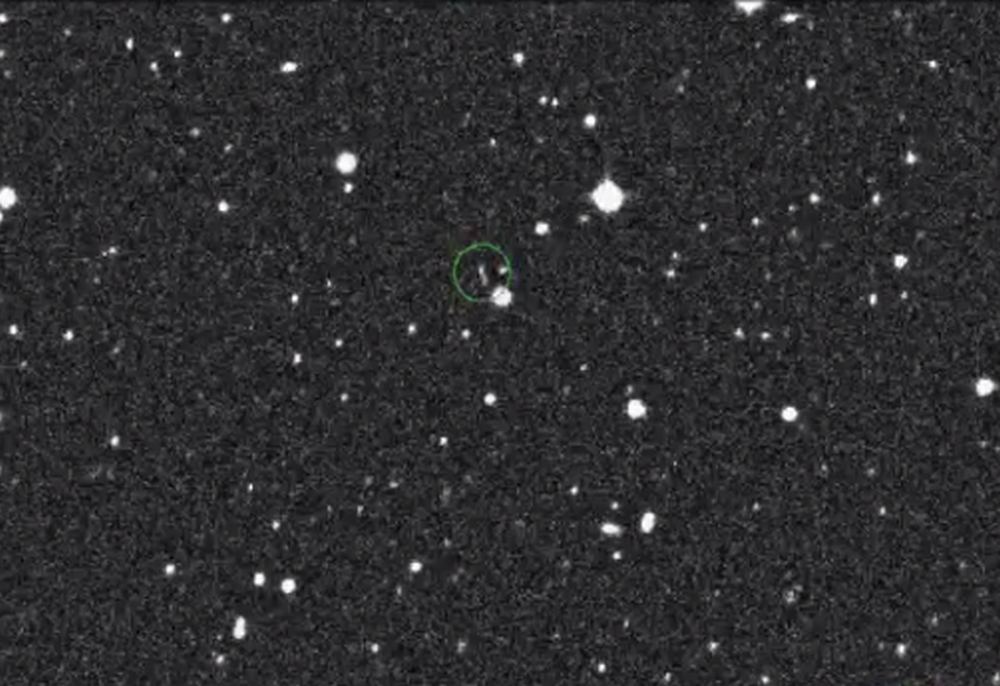
Astronomers are increasingly interested in Near-Earth Objects, or NEOs. There are ongoing efforts to find them all and catalog them all, and to find out which ones might pose a collision threat. Now some astronomers with the NASA-funded Catalina Sky Survey have found a new, tiny, temporary moon for Earth.
Continue reading “Astronomers Discover a Tiny New Temporary Moon for the Earth. Welcome to the Family 2020 CD3”

